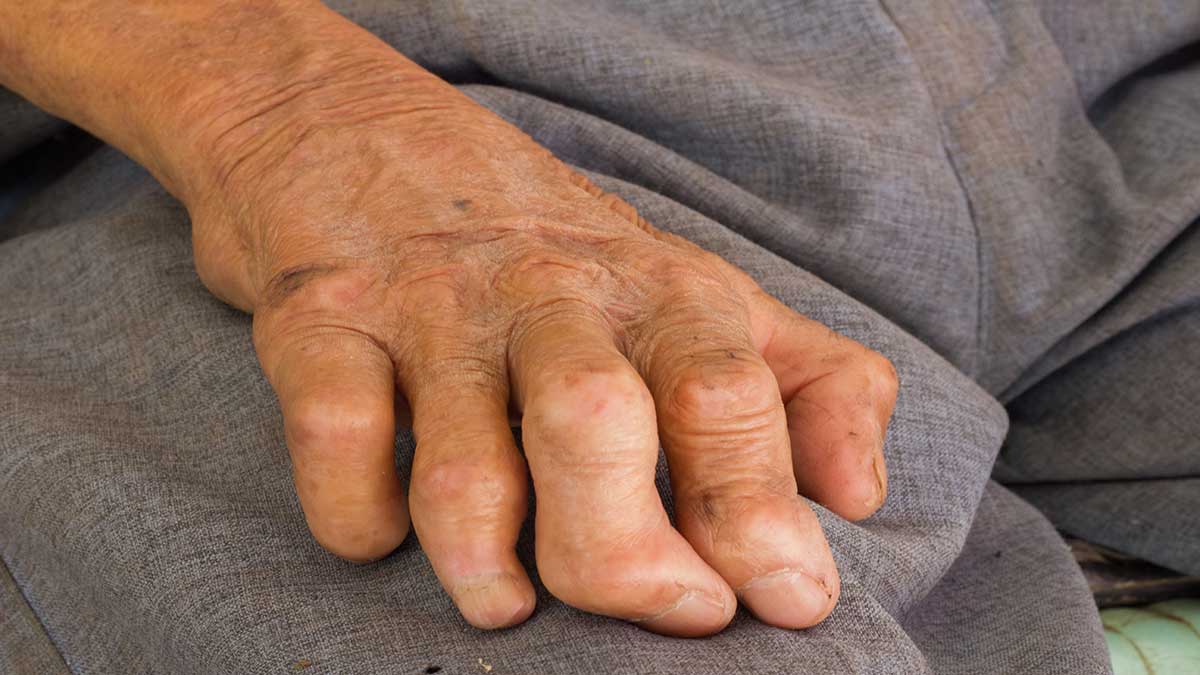A man in Texas who came in due to mysterious ring-shaped rashes was surprised to learn that his condition was actually the Biblical disease of leprosy. The man, who is in his 20s, suggests that the roots of the man’s leprosy may date from his time in Samoa. He moved to Texas in 2019 and […]

www.naturalnews.com
08/02/2023 //
Olivia Cook //
A man in Texas who came in due to mysterious ring-shaped rashes was surprised to learn that his condition was actually
the Biblical disease of leprosy.
The man, who is in his 20s, suggests that the roots of the man's leprosy
may date from his time in Samoa. He moved to Texas in 2019 and likely already had the bacterial infection in his system. (Related:
California school invaded by medieval flesh rotting disease.)
When the man decided to seek medical treatment for the several large ring-shaped rashes in his chest and abdomen, he also reported feeling numbness in parts of his body for at least three months before his arrival at the hospital. Furthermore, the man's fingers were permanently bent into claw-like figures.
The first dermatologist to take a look at the Texas man was unsure what his condition was. A skin sample was taken and sent to a specialist laboratory, with the results confirming that the man had leprosy.
Leprosy, commonly referred to today by doctors as Hansen's disease, is caused by a bacteria known as Mycobacterium leprae. In most of the developed world, leprosy is all but unknown.
Experts noted that the bacteria that causes leprosy is usually spread by droplets from the mouth and nose and can also be passed on from prolonged skin-to-skin contact or from contamination with tattooing.
The man from Texas was already heavily tattooed when he moved to the mainland United States from Samoa, where leprosy is still endemic. Experts noted that symptoms can take years to develop. But if left untreated, it can lead to nerve damage, blindness and even death.
Doctors in Texas immediately put the man on a course of antibiotics recommended by international health organizations for treating leprosy, and researchers who discussed his case in the medical journal
JAMA Clinical Challenge noted that his symptoms improved after two months.
However, the man did require surgery on his tendons to reverse the claw-like grip on his hands. He is currently undergoing occupational therapy to help return the full range of movement to his hands. A year after his diagnosis, he was still reportedly undergoing antibiotic treatment
Leprosy cases on the rise in the United States
While leprosy is still considered rare in the U.S., the
Centers for Disease Control and Prevention's Emerging Infectious Diseases journal warned that
cases are on the rise.
The journal noted that in 2020, only 159 leprosy cases were reported. But the bulk of these cases were found in Central Florida, with the region accounting for nearly one-fifth of all reported cases in the United States.
Most of the other cases from 2020 were found in California, Hawaii, Louisiana, New York and Texas.
Barry Inman, an epidemiologist from the
Brevard County Department of Health in Florida, warned that
many of the infections can come from people interacting with armadillos, a known carrier of the disease.
Nine-banded armadillos, which are commonly found throughout much of the Southern U.S., are the most well-known carriers. As much as 20 percent of all nine-banded armadillos can be carrying Hansen's disease.
Dr. Marc Siegel, a professor of medicine at the
New York University Grossman School of Medicine, warned that other parts of the U.S. could also turn into breeding grounds for leprosy, including the massive homeless encampments sprouting up in major cities like Los Angeles.
Learn more about disease outbreaks in the United States at
Outbreak.news.
More related stories:
Hurricane Ian aftermath: Floridas grappling with spread of flesh-eating bacteria.
Jane Stroud: British woman develops gruesome skin disorder after second AstraZeneca viral vector DNA injection.
A flesh-eating disease is spreading in Australia and officials have no idea how to stop it.
Warning: Red squirrels could be spreading human leprosy in the UK.
Sources include:
The-Sun.com
Knewz.com
ABCNews.go.com
Brighteon.com


